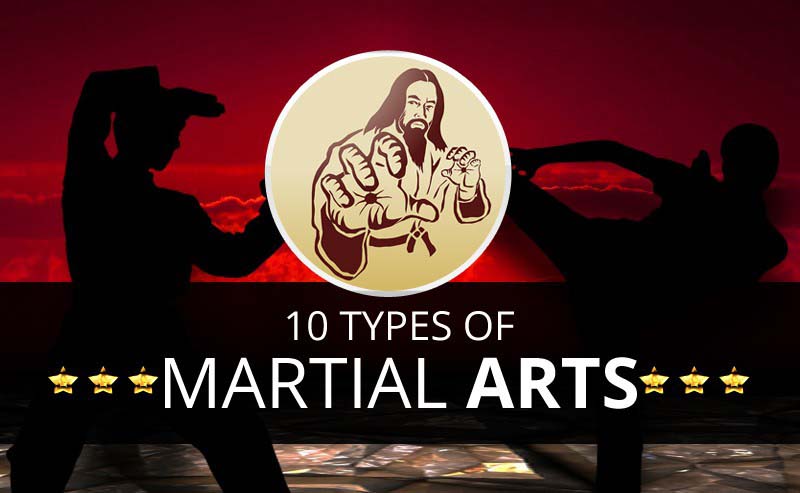Checking Out The Distinctions Between Traditional Martial Arts And Contemporary Combat Sports
Checking Out The Distinctions Between Traditional Martial Arts And Contemporary Combat Sports
Blog Article
Article Developed By-Valentine Rocha
When you consider martial arts, do you lean a lot more towards the traditional practices or the contemporary combat sports? Each path provides unique advantages and experiences, shaped by their approaches and training techniques. Conventional martial arts stress personal development and self-control, while modern-day fight sports focus on competitors and efficiency. Understanding these differences can guide you in picking the appropriate approach for your trip. But exactly how do these differences manifest in training and philosophy?
The Philosophy and Background Behind Conventional Martial arts
While lots of people link martial arts with physical battle, the philosophy and history behind typical martial arts run much deeper. You'll locate that these techniques stress personal development, technique, and regard.
Originating from old practices, traditional martial arts were commonly created for Self-Defense and spiritual growth. They personify principles such as equilibrium, consistency, and self-constraint, directing practitioners beyond plain combating skills.
As you train, you'll not just discover strategies yet additionally obtain understandings right into the society and worths that shaped these arts. The routines and practices, commonly given through generations, cultivate a sense of community and belonging.
The Competitive Nature of Modern Combat Sports
Modern fight sports have changed the landscape of martial arts right into a highly competitive field, where athletes take on in a test of skill, approach, and endurance.
You'll notice that competitions are typically organized with strict policies and guidelines, making sure fair play and security. best martial arts for beginner adults attract big target markets, fueling the enjoyment and intensity of matches.
Athletes train carefully, not just for physical expertise however additionally for mental durability, understanding that every detail counts in the ring. The adrenaline rush throughout competitors is palpable, as fighters push their limits to claim victory.
https://difference-between-martia87643.blog-eye.com/35196894/just-how-flexibility-changes-martial-arts-training-improve-your-method-avoid-injuries-and-master-progressed-moves-with-this-game-changing-adaptability-overview and artistry included, making contemporary battle sports a thrilling spectacle that continues to develop and captivate enthusiasts all over the world.
Training Methods and Methods: A Comparative Analysis
The competitive ambience of contemporary combat sporting activities needs ingenious training methods that differ substantially from standard martial arts.
In modern-day training, you'll focus on specific strategies, competing, and conditioning, often using drills that replicate actual battle situations. You'll see an emphasis on quantifiable efficiency and constant competitors to assess your abilities.
In contrast, traditional martial arts prioritize types, katas, and philosophical teachings, frequently emphasizing discipline and respect over competition.
Training is generally less extreme and might entail recurring method rather than real-time sparring.
While both methods construct skill and health and fitness, modern battle sporting activities give a much more dynamic and versatile training setting, preparing you for immediate obstacles in the ring or cage.
Choose the path that straightens with your objectives and rate of interests.
Final thought
In picking between traditional martial arts and contemporary combat sports, it truly comes down to what you value many. If https://louiskhezs.answerblogs.com/35278844/creating-resilience-starting-a-martial-arts-trip trying to find personal growth, discipline, and a sense of area, typical arts may be your ideal fit. Yet if you prosper on competitors and real-time obstacles, modern battle sporting activities could be the means to go. Eventually, both paths supply one-of-a-kind benefits, so it's all about straightening your training with your personal objectives and rate of interests.
